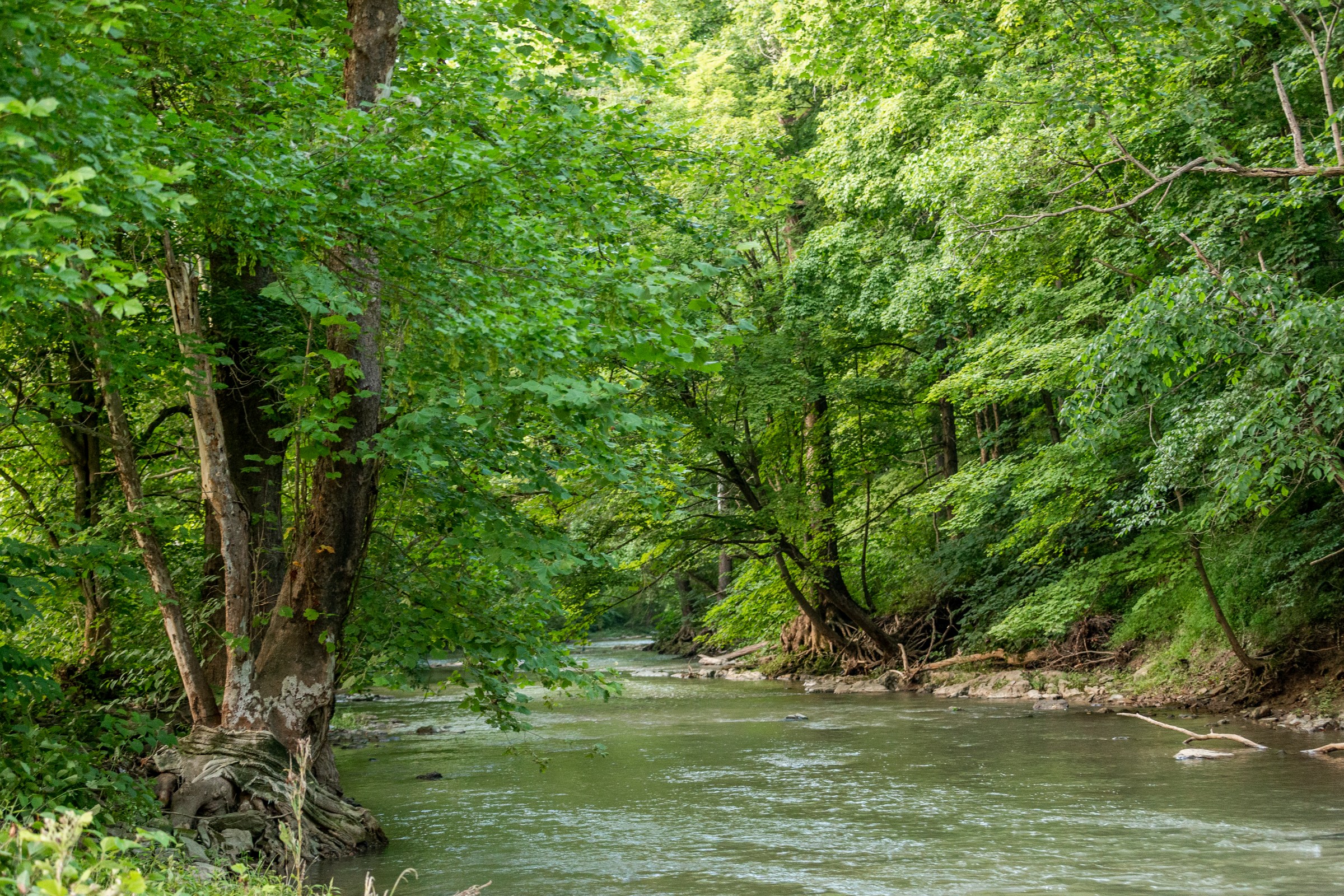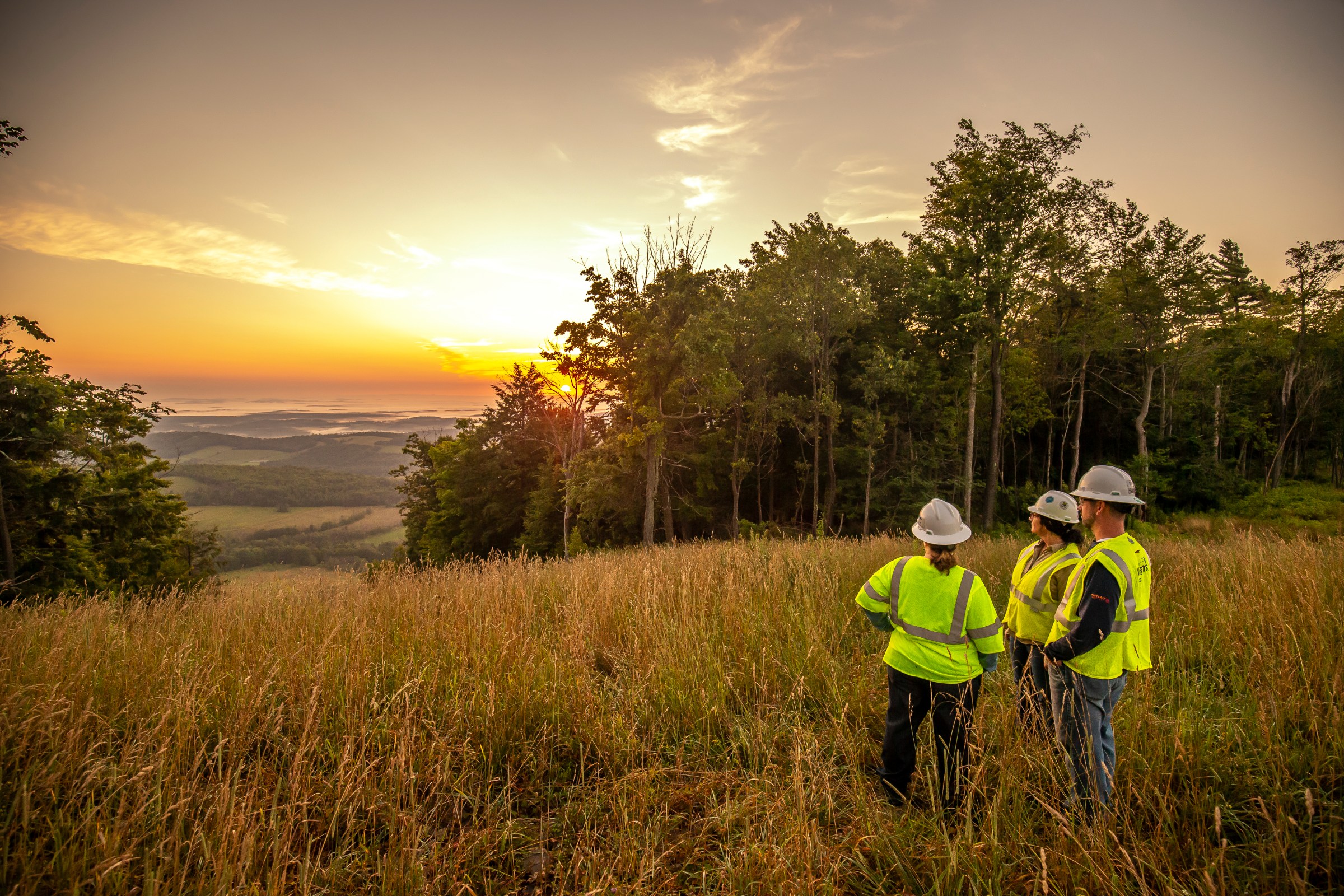Charitable Giving
Duck, duck, goose: restored wetlands are gift to nature
As the sun rises at McPherson Valley Wetlands, nature comes to life. Ducks, geese and other birds emerge from the …

Biodiversity
Williams understands that biodiversity is essential for maintaining ecological stability and climate resiliency, as well as supporting human well-being. At Williams, we evaluate biodiversity as part of our ESG materiality assessment process and recognize the importance of this topic to internal and external stakeholders. We operate in a manner that reduces the impacts of our business activities on climate; land; air; water; wildlife and biodiversity; and historical and cultural resources. Read our EHS policy here.
Our Commitment
Williams’ focus on climate action and biodiversity is reflected in our commitments and responsible management of valuable natural resources such as forests and wetlands which serve an important climate function as net carbon sinks. This is reflected in our:

Project Development
Our sustainable development approach involves responsibly executing infrastructure projects while preserving ecosystem services and sites of cultural significance. Williams’ Project Lifecycle (PLC) process outlines key deliverables for evaluating and managing biodiversity impacts throughout various stages of project development and execution. During project feasibility discussions, internal environmental professionals are engaged alongside other project stakeholders to identify sensitive resources, such as natural and cultural resources, which could impact the project scope or route.
When evaluating project scope and potential routing impacts, we conduct desktop analyses and site surveys to identify sensitive biological resources such as:
For both onshore and offshore projects, we apply an adaptive mitigation hierarchy to “avoid, minimize, restore, and offset” potential impacts on sensitive land and aquatic ecosystems during project development and execution:
When feasible, Williams designs projects that use or run parallel to existing infrastructure corridors to avoid areas of high biodiversity and minimize habitat fragmentation. All parties involved in construction projects adhere to project plans that have been developed with guidance on best practices, regulatory requirements and stakeholder feedback. During construction activities, Williams assigns an Environmental Inspector or a designated Environmental Responsible Person to oversee environmental compliance of project plans and permits.
Stakeholder Engagement
At Williams, we seek to understand interconnections (or interdependencies) between natural resources and local communities along with other interested stakeholders. Gathering this contextual information is valuable for decision making, building mutually beneficial community relationships, and long-term success of our mitigation and stewardship efforts.
Williams also conducts Environmental Justice Assessments that evaluate community or population characteristics such as income, race, ethnicity, age and spoken languages. This process helps us identify overburdened communities in the vicinity of planned projects, understand potential social risks and develop outreach strategies tailored to specific population groups. Through this process, Williams increases stakeholder participation and maximizes engagement with overburdened community groups, helping us to assess, avoid and mitigate potential environmental justice concerns. For more information on project outreach, stakeholder engagement and environmental justice, see our latest Sustainability Report.
Stewardship
Environmental stewardship is one of Williams’ Core Values. Williams wants to play a role in preserving the environment for future generations by investing time and resources into efforts that positively impact biodiversity. We support reforestation and habitat restoration through corporate giving and partnerships with NGOs such as the Arbor Day Foundation and Ducks Unlimited.
Charitable Giving
As the sun rises at McPherson Valley Wetlands, nature comes to life. Ducks, geese and other birds emerge from the …
ESG
The New York Jets and the New York Giants play at nearby Metlife Stadium but eagles and ospreys fly nearby in a …
Charitable Giving
Longleaf pine was once the dominant tree species in the American south, covering more than 90 million acres from …